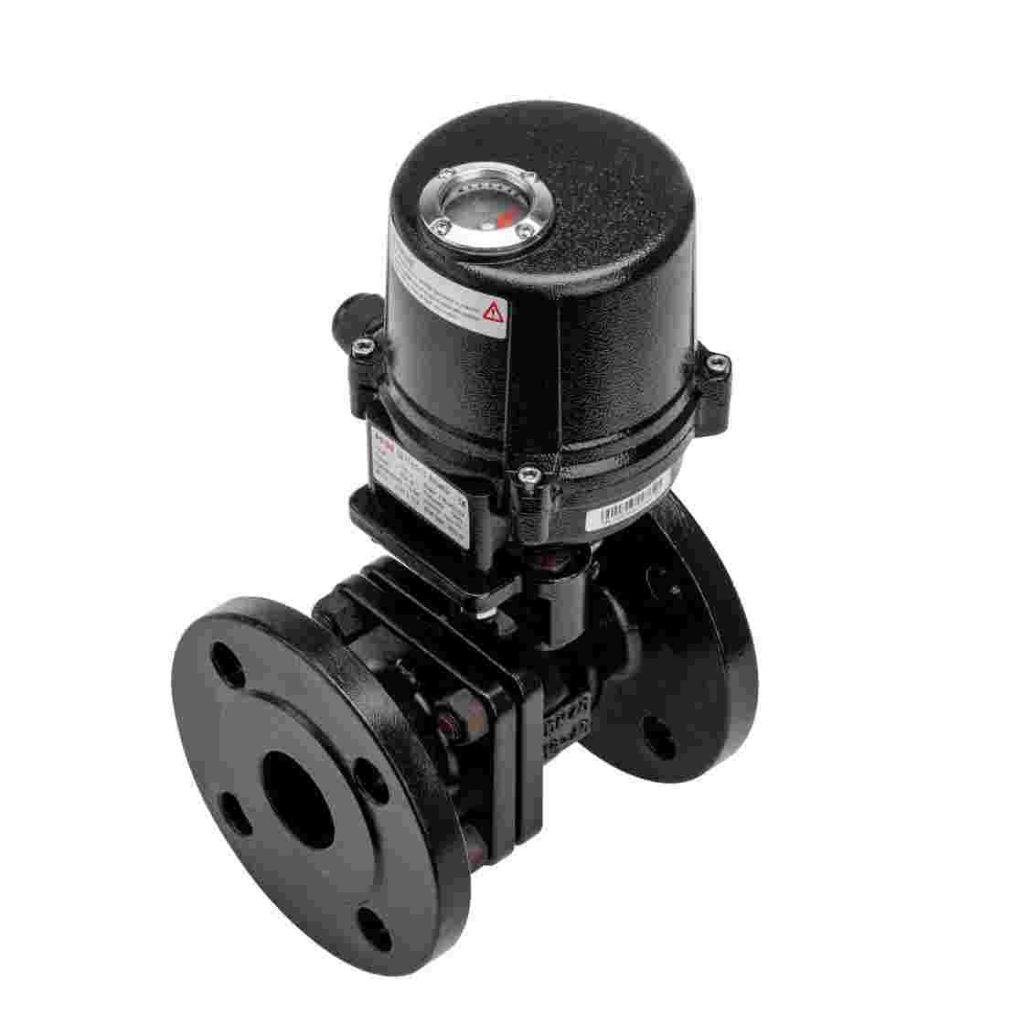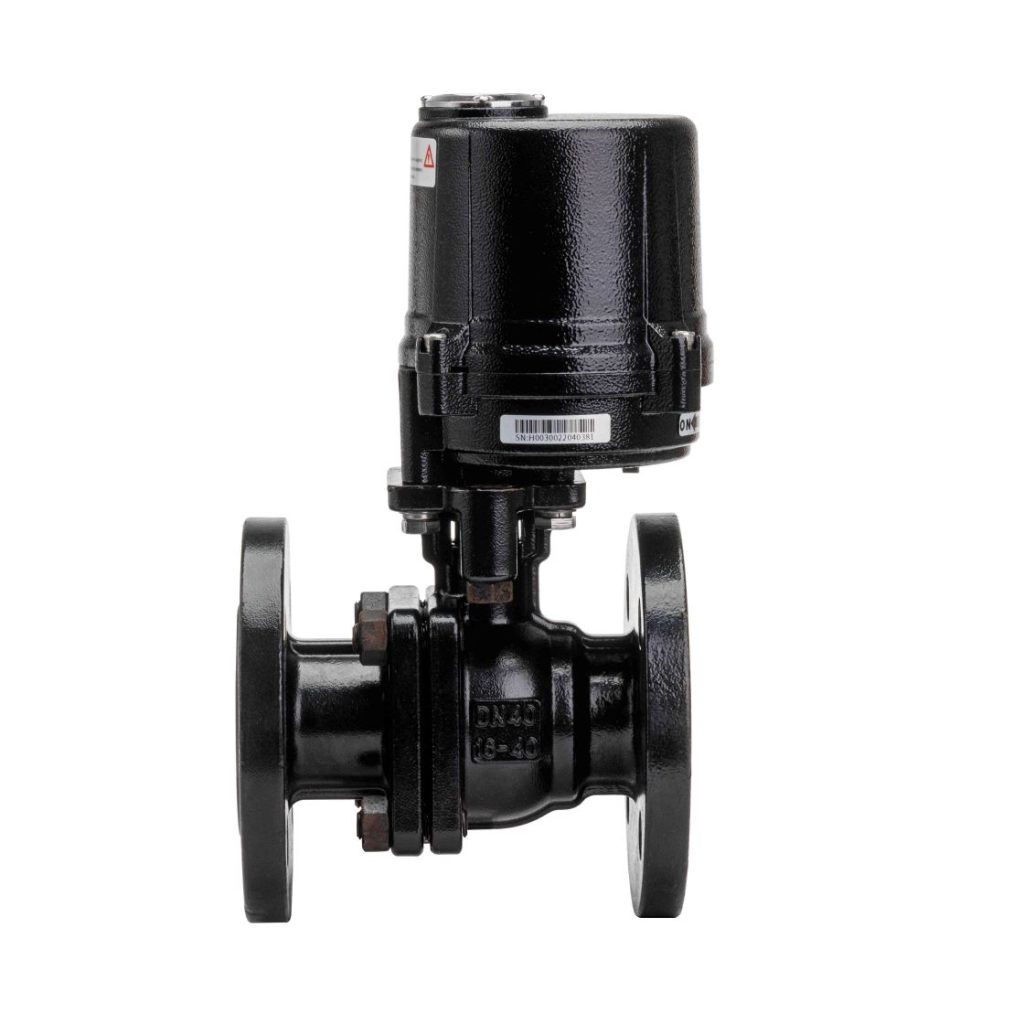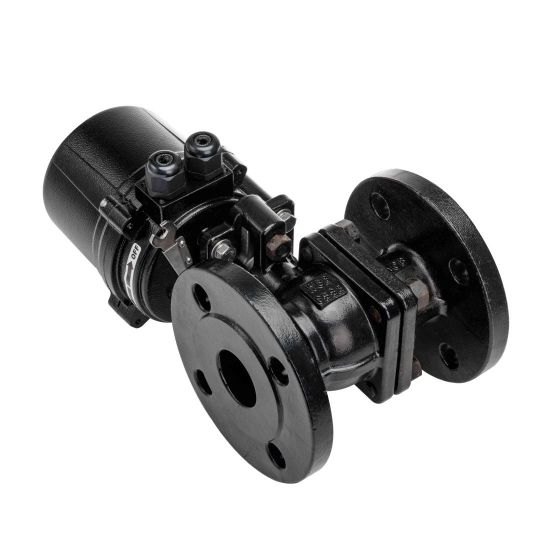Electric high temperature ball valves are crucial components in various industrial applications, particularly in sectors that deal with high-temperature fluids and gases. These valves combine the advantages of electric actuation with the reliability and efficiency of ball valve technology, making them essential for managing fluid flow in challenging environments. This article explores the construction, functioning, advantages, applications, and considerations associated with electric high temperature ball valves.

Construction and Design

Electric high temperature ball valves typically consist of a spherical disc (the ball) that regulates flow. The ball is perforated to allow fluid to pass through when in the open position. The key design elements include: Materials: To withstand high temperatures, these valves are made from robust materials such as stainless steel, carbon steel, and high-performance alloys. The choice of material depends on the specific temperature and pressure requirements of the application. Seals and Gaskets: High-quality seals and gaskets are essential to prevent leaks, especially in high-temperature applications. Materials like PTFE or graphite are often used for their excellent thermal stability and chemical resistance.

Leave a Reply